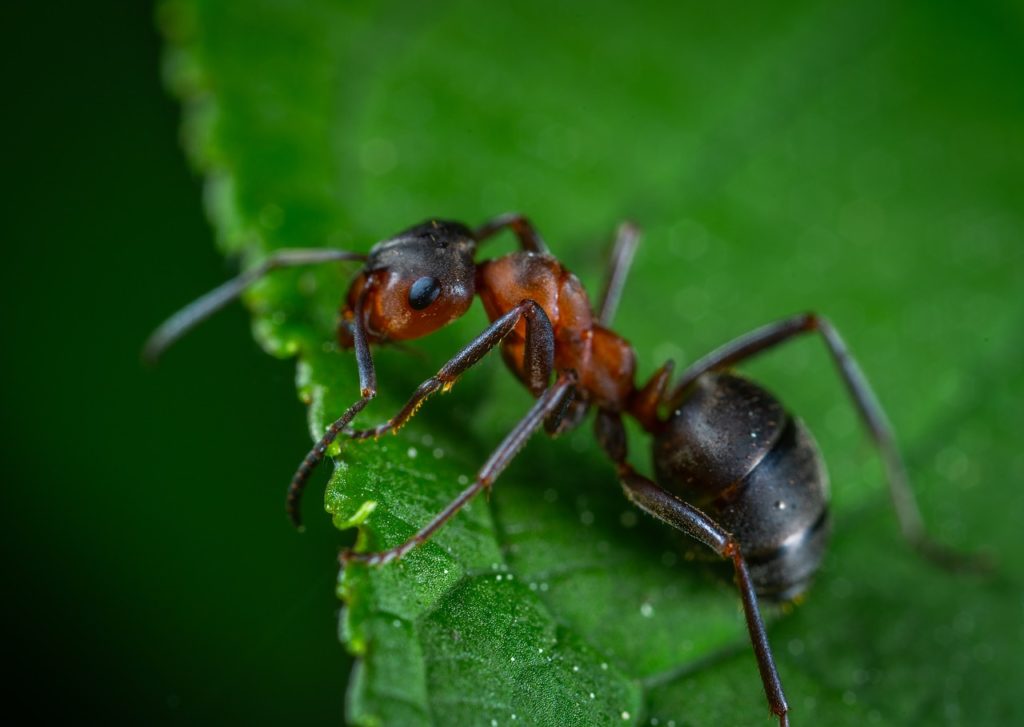
Can Animals Predict Earthquakes?
Has Fido been acting feisty lately? Is Miss Snuffles hiding under the bed when she’s usually so social? Perhaps hoards of toads, rats, and snakes are heading for high ground through the open streets?
You might have an earthquake on your hands.
Might. The scientific jury is still out on whether or not animals can predict tremors, or if they can be harnessed as tools for earthquake prediction. Thousands of years of anecdotal evidence seems to point to some foreknowledge from both wild and domestic animals, but little concrete research has been gathered. This is of course due to the current unpredictability of quakes, and not knowing where to concentrate research and when.
Despite a general lack of evidence, there are some specific cases, supported by science, where animals did get the chance to show off whatever sixth sense might tip them off to various earthquakes. Below are our favourite examples.
The Northwest Hounds

During a study to discern whether or not domestic dogs are susceptible to Seasonal Affective Disorder (increased depression/anxiety in winter) Dr Stanley Coren (PhD, DSc, FRSC) happened to observe and record some incredible evidence.
Twice a week, 200 dog owners were asked to report on the activity and anxiety levels in their dogs. While there were small variations throughout the months-long study, generally results were consistent. The glaring exception was February 27, 2001.
On this day, approximately half the dogs saw sharp increases in anxiety, and activity, with no apparent reasons for the shift. The next day a 6.8 magnitude quake rocked the city of Vancouver BC, causing some structural damage and making Dr Coren look a little closer at his data.
Following a hunch, the good doctor analyzed his results and built a strong case for the dogs having heard the earthquake building. The dogs in the study with hearing impairments didn’t react, and the dogs with floppy ears were less likely to be distressed than those with pricked ears. This, coupled with the smaller dogs reacting more than the larger ones (small animals are generally better at hearing certain frequencies) Dr Coren had enough evidence to compile a paper and present it at a meeting of the Psychonomic Society in Houston, Texas.
The Deutschland Ants

During a three year study German scientists found strong evidence showing that Ants can sense earthquakes coming. The insects reacted to even tiny tremors, smaller than a human would feel (Magnitude 2), by evacuating their burrows. Apparently fearing their homes would collapse in the shaking, the ants even left the safety of their nests at night, exposing themselves to predators to waiting out the quake.
The scientists believe that the ants amazing detection abilities have something to do with changes in carbon dioxide levels and the earth’s magnetic field, though nothing is concrete yet. More studies are being planned areas with more seismic activity
Italian Toads

In 2009 a magnitude 5.9 earthquake shattered the Italian town of L’Aquila, leaving over 300 people dead.
Nearby, scientists were studying the mating habits of toads, when all of the breeding pairs suddenly vanished, three days before the quake hit. The toads did not lay any new spawn until after the last aftershock was finished. The toads sensitivity was especially impressive, as the epicenter of the quake was a full 74 kilometers from their pond.
The scientists believed that the toads fled for higher ground, fearing rock slides. While no one knows exactly how the toads sensed the earthquake, the best guess on record is that the amphibians sensed a change in charged particles, or in atmospheric gases.
Ongoing Studies
Although it is a difficult thing to study, pockets of scientists worldwide are looking to animals for help in detecting upcoming seismic activity. Japan is a leader in this area, having already dedicated many years of study into animal behaviour prior to earthquakes.
Some groups are tagging wild birds with trackers to pick up on any disruptions to their migration patterns, while others are working on online behaviour reporting sites for pet-owners. Both groups will monitor for sudden, uniform deviations to the normal patterns which they hope will act as a big red flag for nearby people who might be safer if evacuated
Conclusion
If you have a furry friend, prepare for them in your emergency plan. Add bowls to you emergency kit and go-bag, as well as leashes/carriers, food, comfort items, and a blanket. And if little Sparkles starts acting unusually, it might be time to go over your earthquake drills with the kids!
Thank you for reading.
This article was written by Zenia Platten – Writer and Emergency Preparedness Professional.

